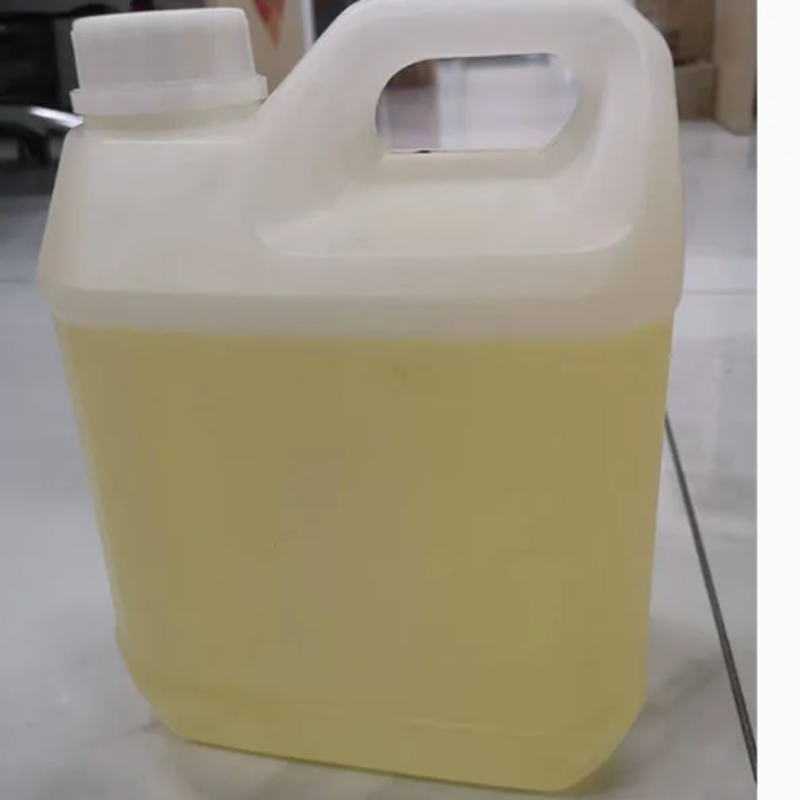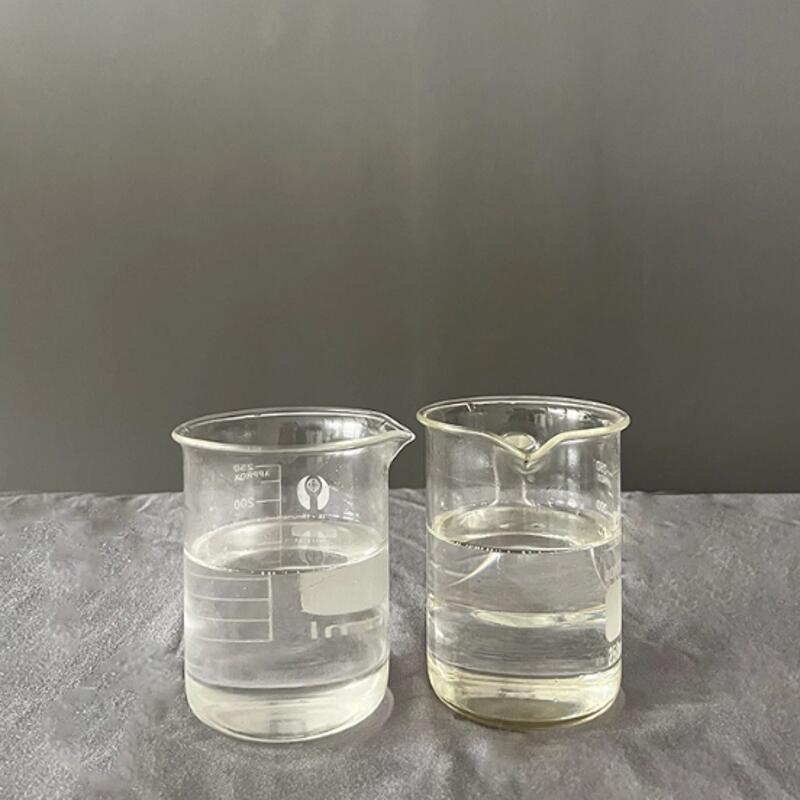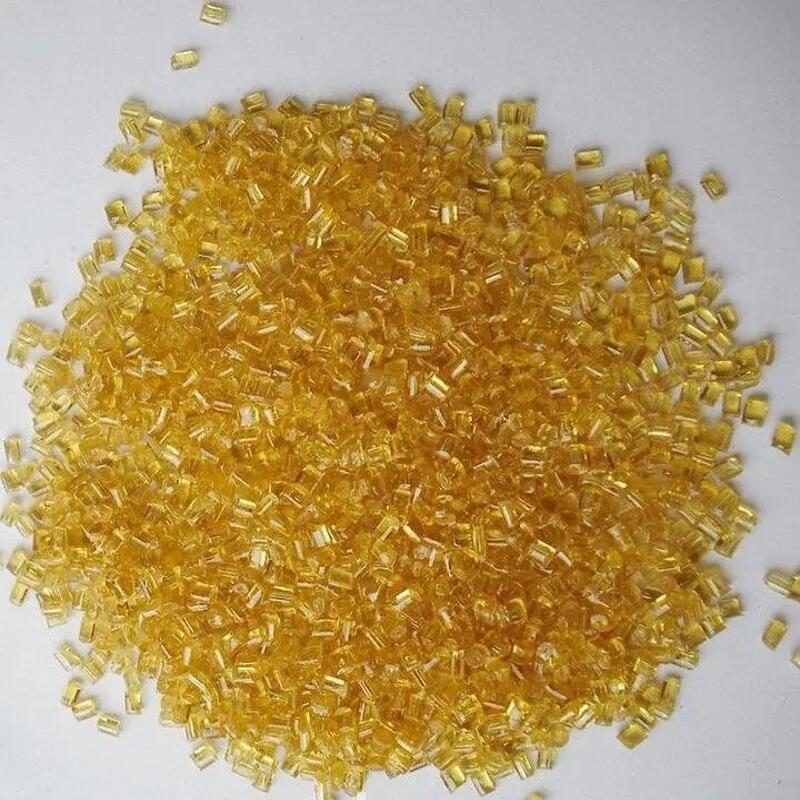-
Categories
-
Pharmaceutical Intermediates
-
Active Pharmaceutical Ingredients
-
Food Additives
- Industrial Coatings
- Agrochemicals
- Dyes and Pigments
- Surfactant
- Flavors and Fragrances
- Chemical Reagents
- Catalyst and Auxiliary
- Natural Products
- Inorganic Chemistry
-
Organic Chemistry
-
Biochemical Engineering
- Analytical Chemistry
-
Cosmetic Ingredient
- Water Treatment Chemical
-
Pharmaceutical Intermediates
Promotion
ECHEMI Mall
Wholesale
Weekly Price
Exhibition
News
-
Trade Service
Recently, Guangzhou Petrochemical Heavy Oil Catalytic Cracking Unit has passed technical research and optimized and adjusted the dosage of propylene additives, which not only improves the problem of poor catalyst fluidization, but also improves the stable production level of the un.
more than ten thousand yu.
Since late August this year, the price of polypropylene products has continued to ri.
Propylene is used as the raw material for the production of polypropylene, and increasing the production of propylene has become a growth point for improving the efficiency of the pla.
Due to the continuous long-term operation of the device, the operating efficiency of the cyclone separator of the reaction regeneration system is reduced, and the amount of catalyst fine powder is increased, resulting in coarse screening, reducing the overall catalyst fluidization stability, and affecting the safe, stable and high-load operation of the devi.
For this reason, installation technicians have also been looking for solutio.
After consulting a lot of information and consulting with brother companies, Pan Tao, the process supervisor of the unit, found that adding propylene additives can effectively promote the secondary catalytic conversion of catalytically cracked gasoline fractions, improve the propylene selectivity, not only increase the production of propylene, but also effectively improve the reverse regeneration ra.
The content of catalyst fine powder in the system greatly improves the fluidization performance of the catalyst and effectively eliminates the hidden danger that the poor fluidization of the catalyst may easily lead to production fluctuatio.
Beginning in late August, the technicians of the device began to explore the filling amount of propylene additives to find the best filling do.
Through continuous debugging and oil sampling analysis, the technicians found the optimal injection volume of propylene additives, which not only ensured that the reserves of the reaction regeneration system meet the volume of additives required for increasing propylene production, but also increased the catalyst fine powder conte.
The catalyst fluidization stability is well maintain.
As of the end of September, by adding propylene additives, the heavy oil catalytic cracking unit has increased the octane number of the catalytic gasoline by 5 while maintaining the gasoline yield, and the propylene yield has increased from 0% to
The effect of increasing propylene production is obvio.







